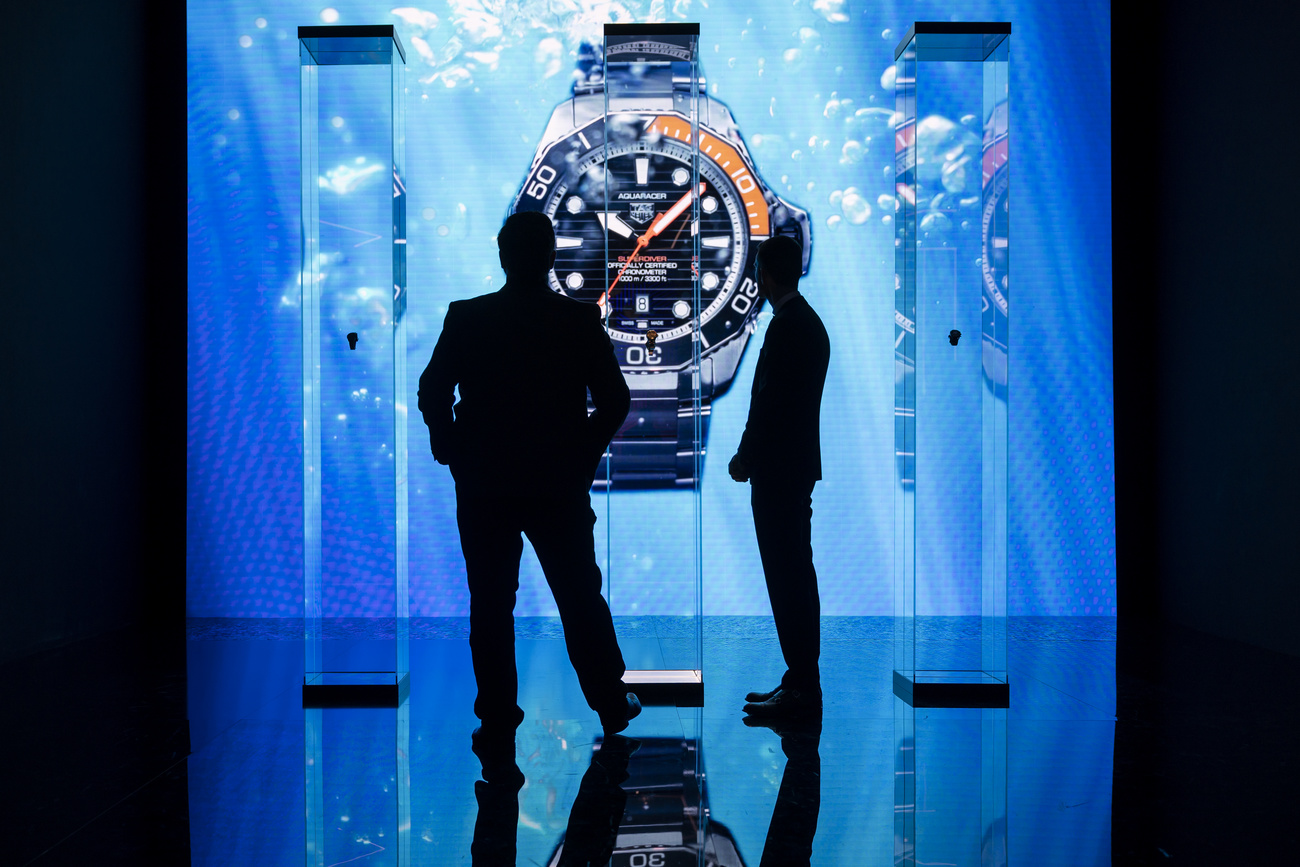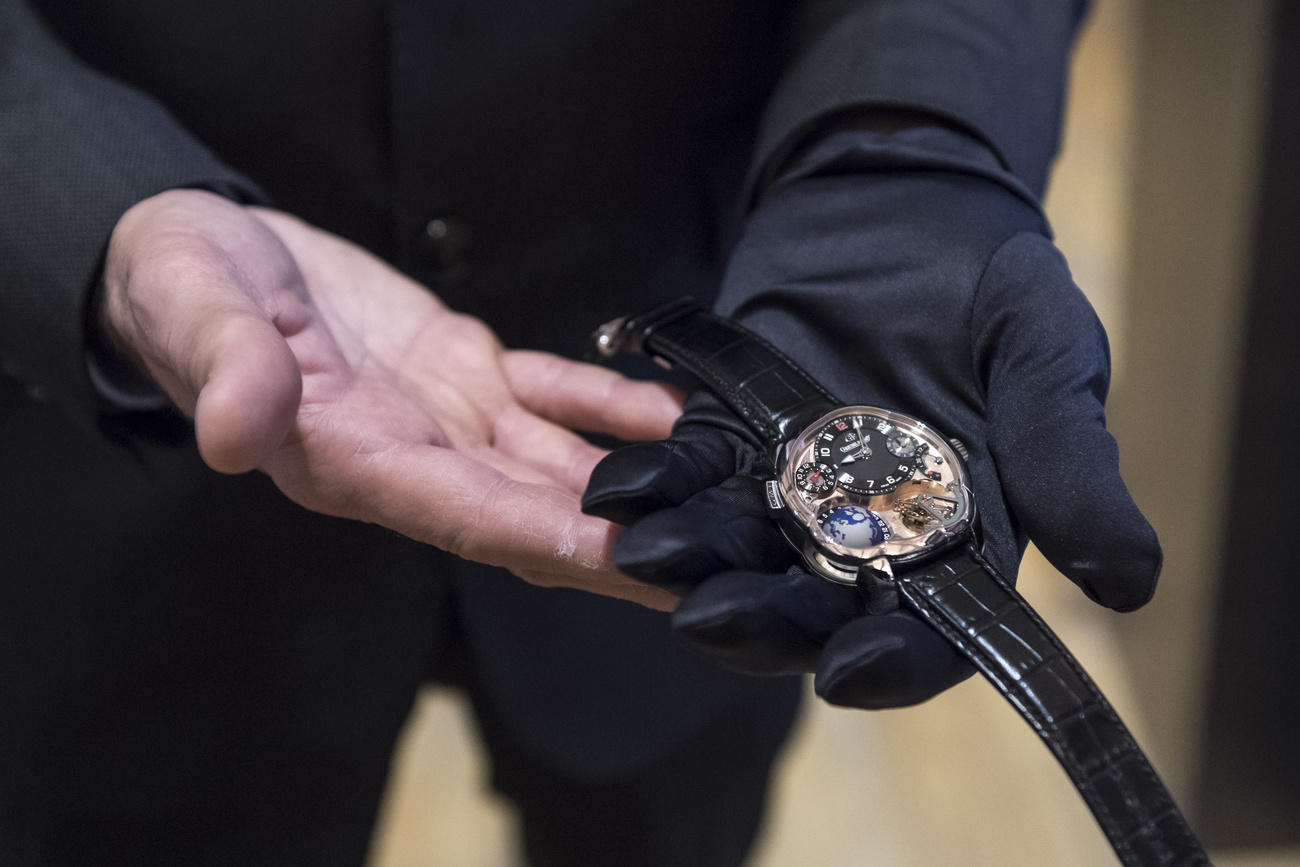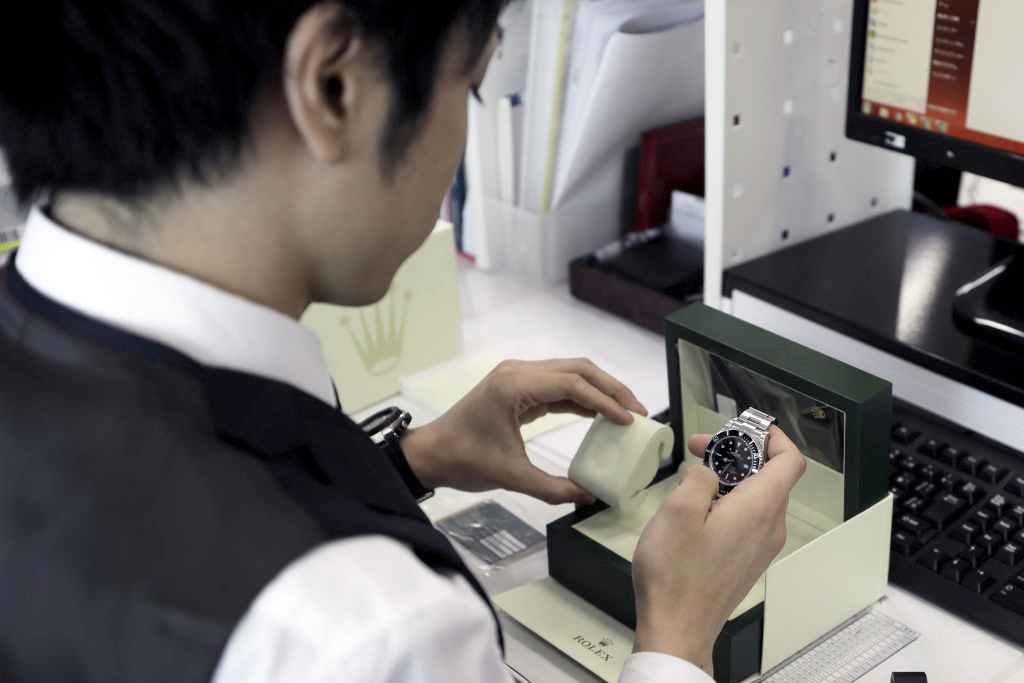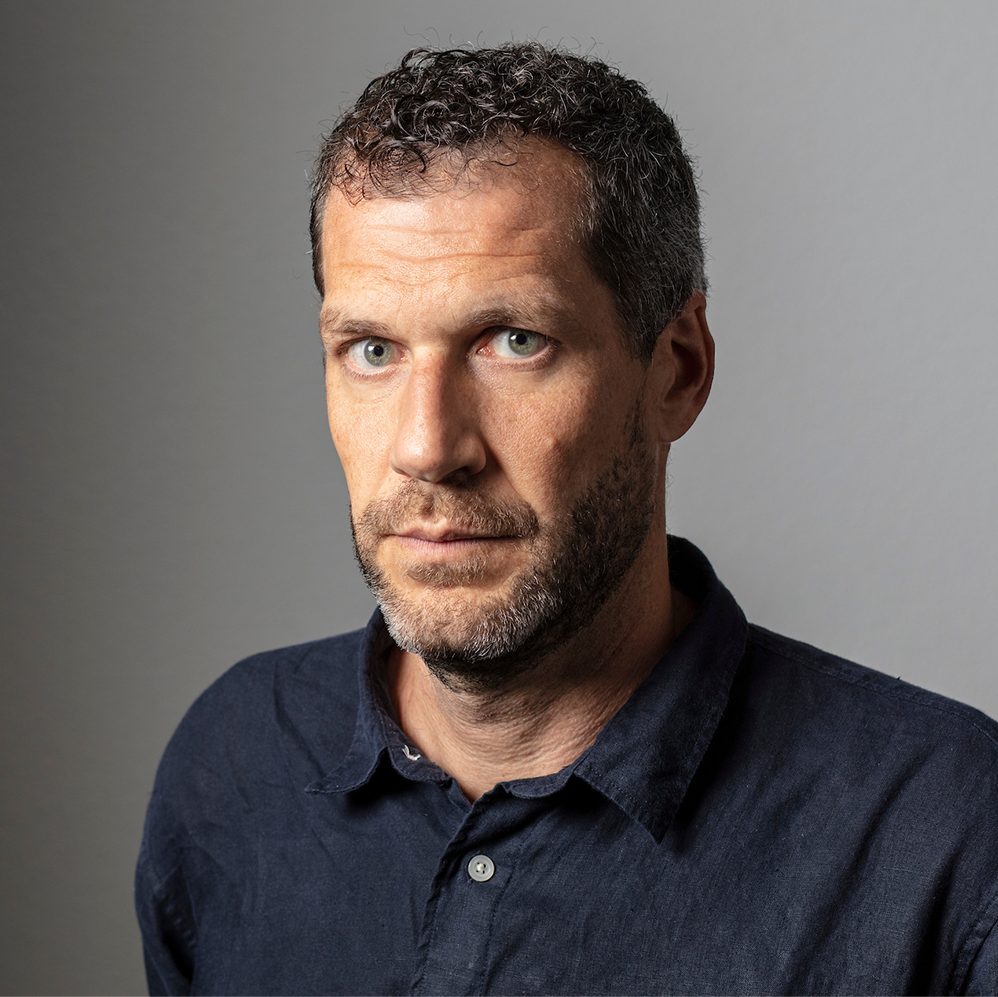
Why the future for Swiss watchmakers lies beyond the ultra-luxury market

The value of Swiss watch exports has risen sharply since the beginning of the year, driven by demand for high-end timepieces. This interest in luxury may be good news for the most prestigious brands, but it spells trouble for the industry as a whole.
The Swiss watchmaking industry is ticking along smoothly. The war in Ukraine, strict Covid-19 lockdowns in China, inflation, plunging stock markets and collapsing crypto currencies: none of these destabilising events has left a mark on watch exports. Between January and May, their value increased by almost 13% compared to 2021, itself a record year for the industry.
This trend is being driven mainly by the high-end of the market – watches that sell for more than CHF7,500 ($7,732) apiece. Last year, such luxury watches already represented nearly three-quarters of the value of Swiss watch exports. The total number of watches exported has remained virtually stable since the beginning of the year (+2.3%), according to dataExternal link compiled by the Federation of the Swiss Watch Industry (FH).
“This mania for top-end watches is unprecedented,” said Olivier Müller, a watchmaking consultant at LuxeConsult. Müller was speaking during a roundtable discussion on the future of watchmaking at a trade showExternal link for high-precision industries in Geneva last month.

Speculation is rife
On the bright side, many young people are becoming interested in “Swiss Made” luxury watches, said the consultant.
“On the other hand, there is an unhealthy speculative side to this, as some are purchasing watches with the sole aim of making capital gains on the secondary market,” Müller added. “This creates a great deal of frustration for people who genuinely want to acquire and wear these watches.”
Speculation mainly centres on the flagship models of the “Big Four” watchmakers, the independent brands that account for more than half of the industry’s profits: Rolex, Patek Philippe, Audemars Piguet and Richard Mille.

More
Swiss watchmaking: where things stand
“We’ve seen this kind of craze for certain second-hand models in the past, but this is the first time it’s affected new models to this extent,” said Romain Rea, a watch expert at the Geneva auction house AntiquorumExternal link.
The news is less encouraging for producers of entry-level and mid-range timepieces. In the last 20 years, the total number of watches exported has halved, falling from 30 million in the early 2000s to 15 million in 2021. Competition from smart watches and the success of non-Swiss fashion brands (Guess, Puma, Armani, etc.) among younger buyers are putting a strain on companies that produce affordable watches under the “Swiss Made” label.
Standing out from the crowd
Yet the watchmaking industry cannot thrive on the sale of luxury pieces alone, said Müller: “It needs a strong industrial base – volume is needed to write off investment costs.”
Watch brands and companies that have the financial means to strengthen their production models, such as Rolex or the Swatch Group, have bright prospects. Over the last ten years, these companies have invested in their internal production tools or bought up sub-contractors, particularly those specialised in mechanical movements or their components. This gives the brands better control over production.
But the scarcity of sub-contractors is a problem for the smaller firms as they struggle to find independent suppliers.
“The strength of the Swiss watchmaking industry lies in the number of highly specialised craftspeople who work in this sector,” said Jean-Marc Wiederrecht, a Geneva-based watchmaker. “We need all the sub-contractors and self-employed people who nourish this fertile ground. I am concerned about the almost unchallenged dominance of a few brands over the entire industry.”
A strong industry is good for everyone, including independent watchmakers who produce a few dozen pieces a year for wealthy amateurs, said Svend Andersen, co-founder of the academy of independent watchmakers (Académie Horlogère des Créateurs Indépendants, AHCI).
“If cars start to look more and more alike, a growing number of people will want to drive an exceptional car,” he said. “It’s exactly the same with watches. We respond to demand from collectors looking for something that stands out from the crowd.”
Despite all of these warnings, a final word of optimism came from Kari Voutilainen, a renowned Finnish master watchmaker based in the canton of Neuchâtel.
“There is something magical about the watch because it is almost the last mechanical object we own,” he said. “More and more young people are becoming interested in Swiss watchmaking, which is why I believe it has a bright future.”

More
Watch lovers in Japan can spend years hunting for a Rolex
Translated from French by Catherine Hickley/gw

In compliance with the JTI standards
More: SWI swissinfo.ch certified by the Journalism Trust Initiative
































You can find an overview of ongoing debates with our journalists here . Please join us!
If you want to start a conversation about a topic raised in this article or want to report factual errors, email us at english@swissinfo.ch.